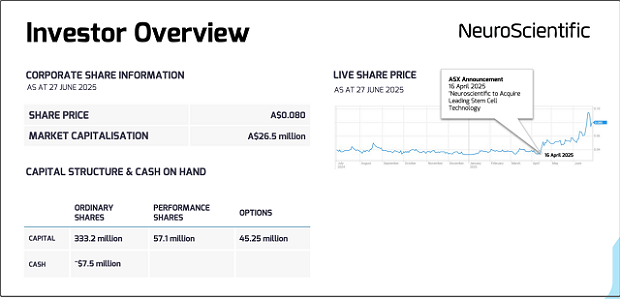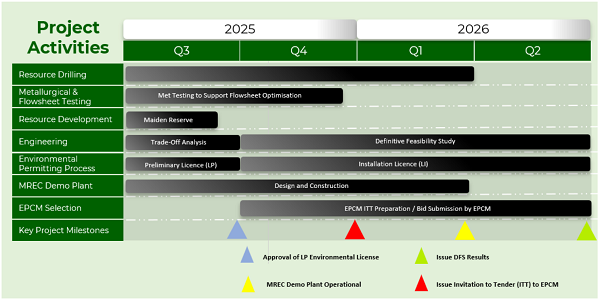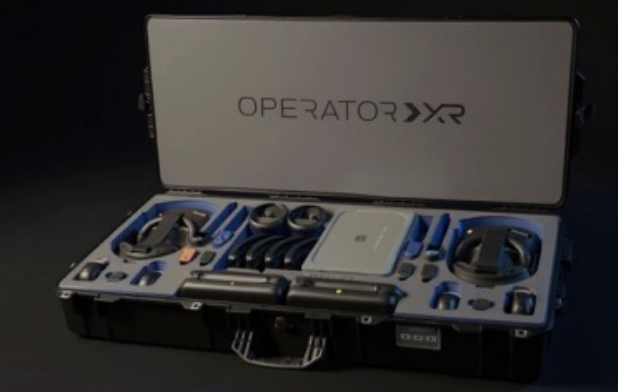
A glimpse of Shanghai Pudong. Source: China News Service
Shanghai, April 18 (By CNS Reporter Li Shuzheng)
The research and development of drugs that discover biological targets and therapeutic compounds by generative artificial intelligence (Generative AI) has entered the clinical trial stage. The “robot apprentice’s practical training collects data to feed back to the constructive system model…
Alex Zhavoronkov was born in Latvia, grew up in Canada, and founded a business in the United States. In Pudong, he was able to turn his company's innovative ideas into reality. In 2014, Alex founded Insilico Medicine in the United States, analyzing biological mechanisms through AI technology and exploring targets related to diseases and aging. In 2019, Insilico Medicine established the Shanghai Drug Research and Development Center in Zhangjiang, Pudong.
Alex said that they chose Pudong because they knew that the birth of an innovative drug would require a strong infrastructure and support. It was the establishment of the Shanghai Drug Research and Development Center that enabled Insilico Medicine to quickly build a rich AI-driven pipeline. Rentosertib, Insilicon Intelligence's fastest-growing AI-enabled drug for the treatment of idiopathic pulmonary fibrosis (IPF), was also applied for in Pudong.
While AI drives the development of new drugs, AI-controlled robots are advancing from laboratories to application scenarios.
In March this year, tourists walking in Century Park were surprised to find several "mysterious visitors" amongst them- this was the latest generation of GR-2 robots from Pudong's innovative enterprise Fourier, which were demonstrating their walking abilities. In the same month, Shanghai's first mass-produced robot "Zhiyuan Robot" released the all-round exploration robot Lingxi X2. This robot, equipped with the universal embodied model base (Zhiyuan Qiyuan large model) was independently developed by Zhiyuan, and can not only walk, run, and turn in circles, but also balance on and ride bicycles, which went viral on the social media.
In the field of hardcore technologies, how is Pudong able to launch new products so frequently?
Industry analysts believe that Pudong's innovation is no longer a single enterprise's fight, but a continuous relay from various forces, such as innovative enterprises, universities and research institutes, and new R&D institutions in sectors such as core technology research and development and scenario applications. 14 major scientific and technological infrastructure, 5,026 high-tech enterprises, 103 open innovation centers, 280 foreign-funded R&D centers... In 35 years, Pudong has formed a ecosystem of innovation, with a deep integration of innovation, transformation, and industrial chains.
Taking the robot industry as an example, Jiang Lei, chief scientist of the National and Local Co-construction Humanoid Robot Innovation Center, believes that robots can be regarded as the "culmination" of multiple future industries: they need to coordinate the environmental understanding ability, the general learning framework, and the perception processing advantages of the multimodal large model.
Pudong's high-end manufacturing foundation also brings more industrial chain synergy advantages and technological breakthrough opportunities to the robot industry. Jiang Lei said that he is currently connecting with Zhangjiang parts companies, hoping to promote the research and development of core parts for "embodied intelligence.”
In the ecosystem-style innovation processes developed in Pudong, with the synergy of a full-cycle policy toolkit, technology empowerment platforms and incubation acceleration mechanisms, scientific and technological innovation enterprises can achieve hastened development in an adapted technology niche.
In the past 35 years, from laboratories to production lines, from algorithm breakthroughs to industrial upgrades, this land has proved that the vitality of innovation lies in letting cutting-edge technologies take root in soil where they can grow. (End)





















